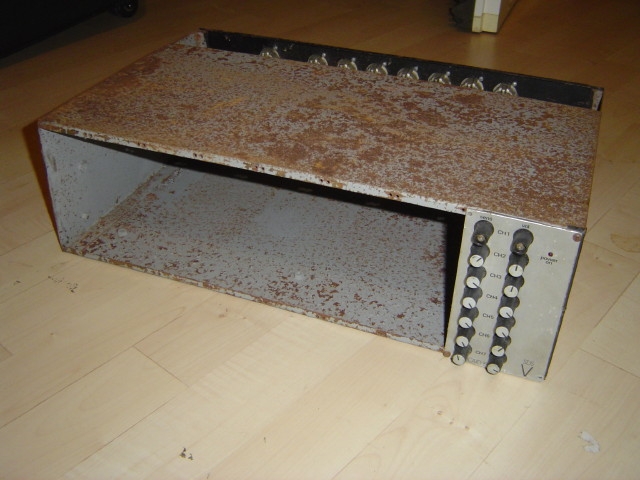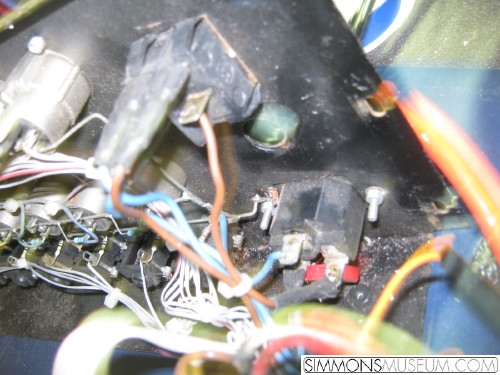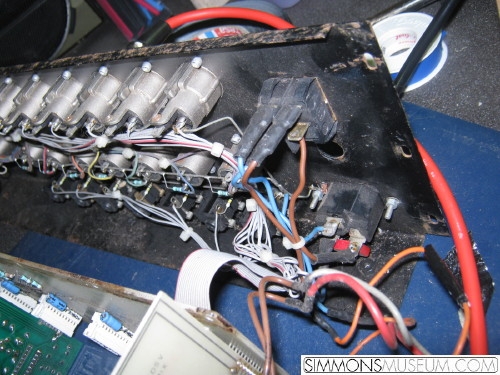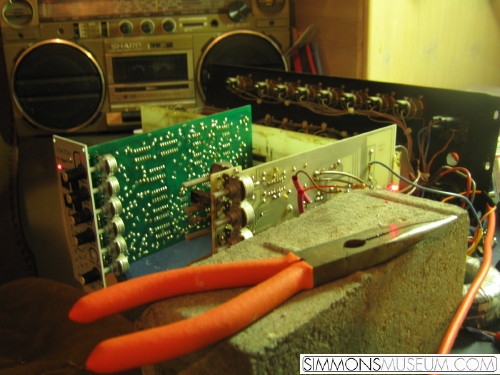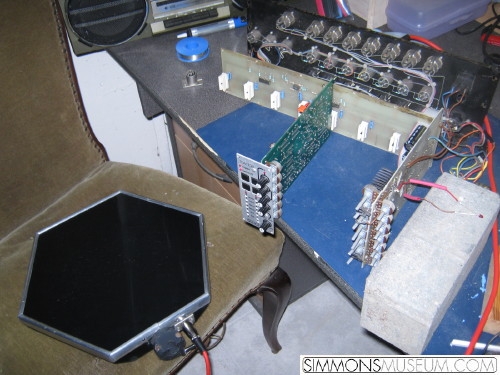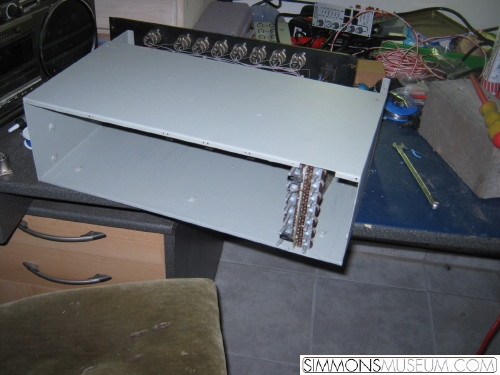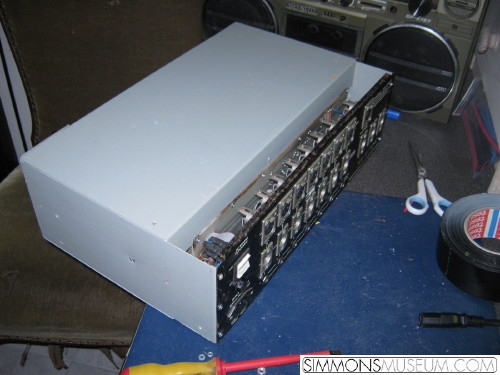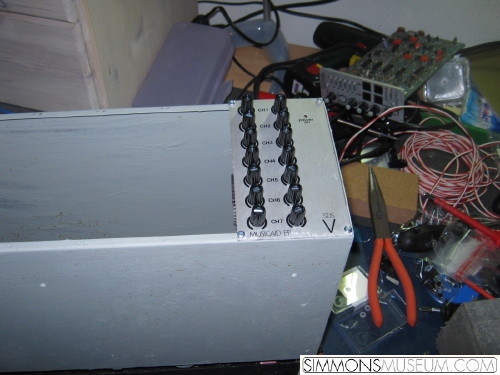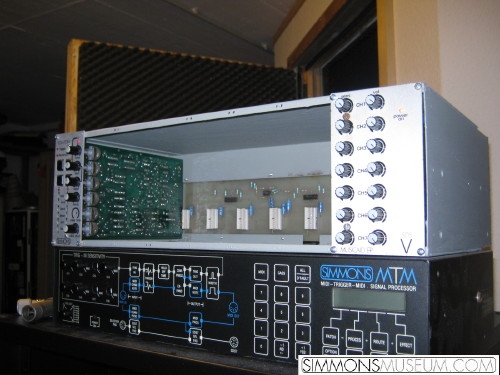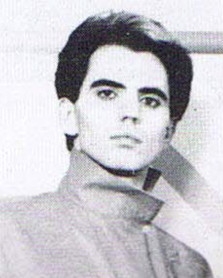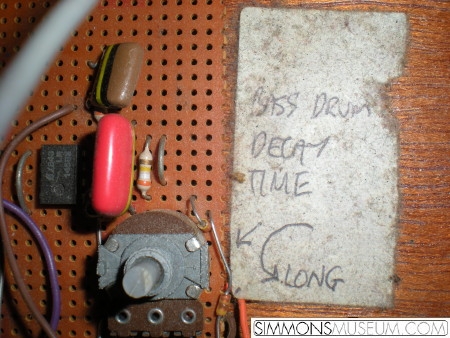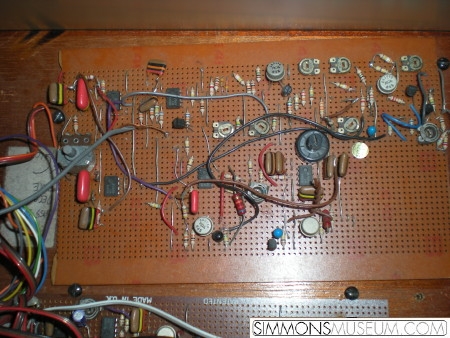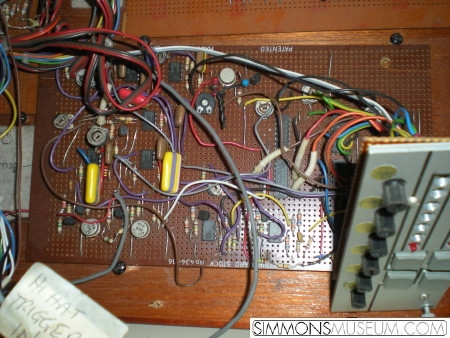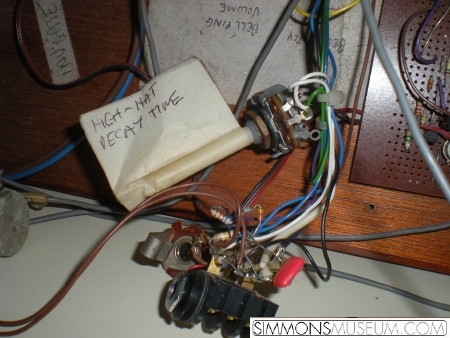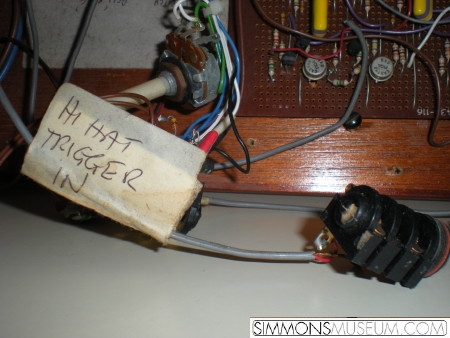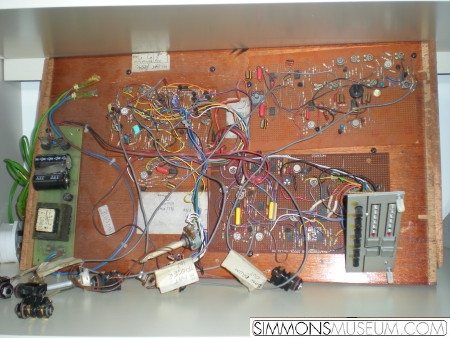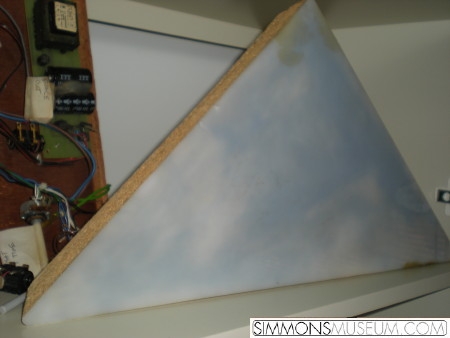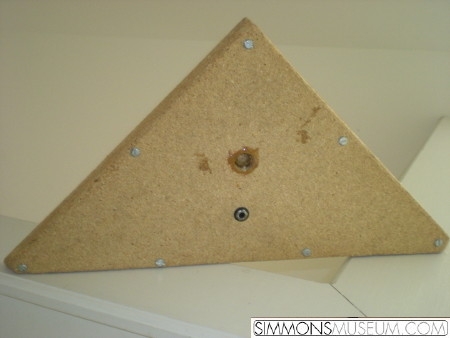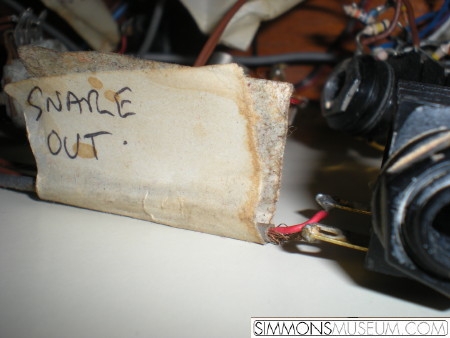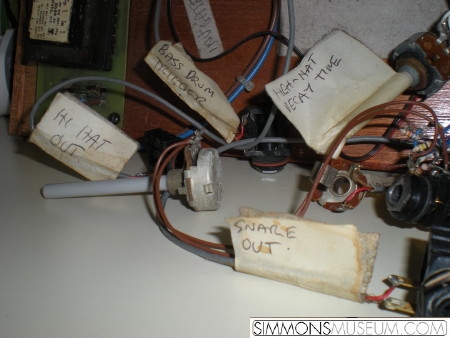Every generation of electronic drums claimed to be a final substitution for acoustic drums. That was the same in 1980 as well as today and in the future. The difference between 1980 and today: 30 years. 30 years are 1000 years in computer ages. I would have expected a breakthrough in sound but there wasn’t. There had been a handful of milestones in hardware development: Positional sensing ZI (Simmons SDX), mesh head pads.
Toontrack’s Superior, XLN’s Addictive drums, NI’s Abbey Road drum libraries, BFD etc: They all did a great job producing real sounding drum libraries. Much more realistic than any Roland or Yamaha device, even the ultra expensive TD-20 or DT XTreme. But how can I trigger these libraries without noticeable latency? Where is the link between advanced mesh pads and the software? Essential components is fast computer hardware and fast D/A converters for audio out. Last but not least: The midi interface. People who already own advanced Roland Hardware like TD-9/12/20 will be disappointed about already 4ms of only midi latency! Much less is possible…
Associated to this question I found the megadrum project. The developer Dimitri reminds me of the young Dave Simmons: Having an idea and forming this idea into a product. Megadrum is an open source hardware project. Plans and documentation are free of charge. If you cannot solder it yourself, you can buy the ready assembled device. Of course without any warranty and not in a shiny and nicely designed chassis, but fully functional. It features optionally 32 inputs (16 stereo) or up to 56 inputs. After I wasn’t happy with the latency of my Alesis Trigger I/O I assumed the risk and ordered the 32 input megadrum. It arrived a couple of days later, unfortunately with one knob broken of. Dimitri, the developper was helpful enough to take care about sending spare parts. Well, the price of open source… Finally, about 14 days later I had a working unit.
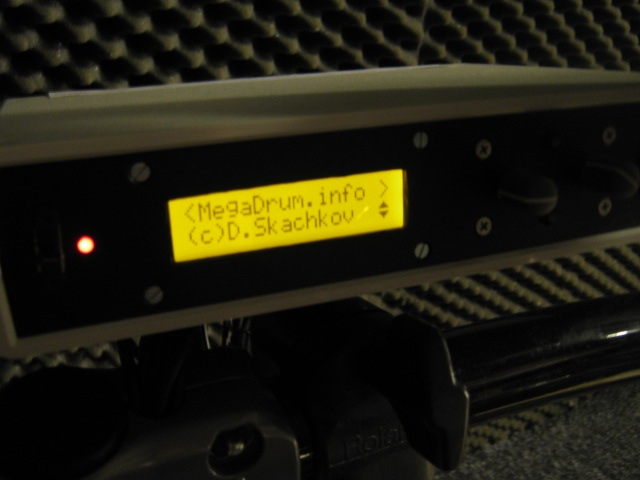
A rather old school display. the electronics built into the cheapest box (no) money can buy. Far away from being road proven. But as I sayed: It is a project and not a commercial item so I shouldn’t be that strict. All prgrammings need to be done with only two rotary encoders, controlled through a two row 16 character display. Torture…. Fortunately the operation of megadrum is well (online) documented, so it only took 2 months to programm a kit with reasonable dynamics instead of years 🙂 . But it was worth every second I spent with it. It is by far the fastest trigger to midi converter I have ever worked with. Fast in the sense of “I can’t notice any latency if I use appropriate audio hardware”. It supports nearly all features of “big” electronic drum systems such as cymbal choking, snare postional sensing, intermediate HiHat states, drum maps, several dynamic curves (for each drum), custom dynamic curves etc… . It has enough inputs even for a huge double bassdrum kit. It receives it’s power from USB. First time it is fun to play VST instruments with pads. I wouldn’t dare to put this particular megadrum device on stage, but if the electronics are embedded in a solid metal box, I would. For studio purposes it is already my first choice
